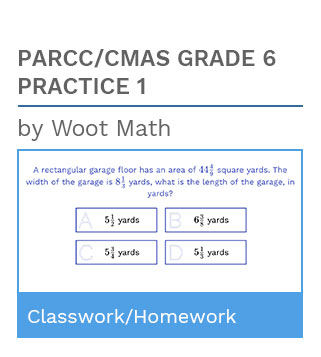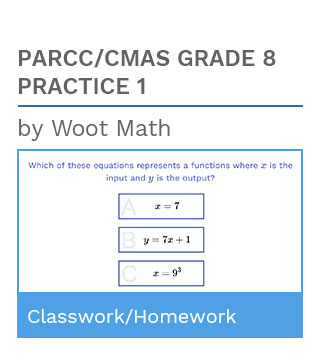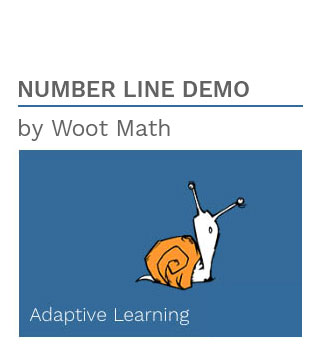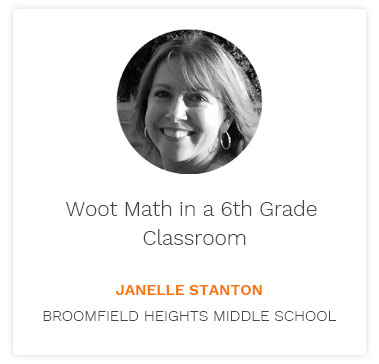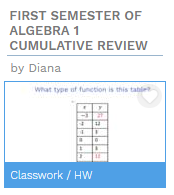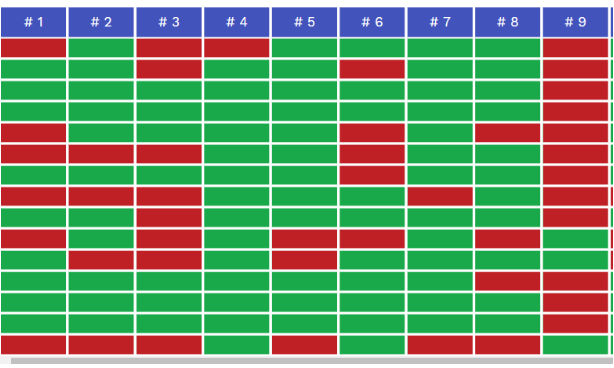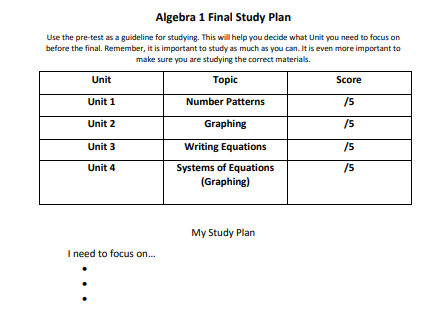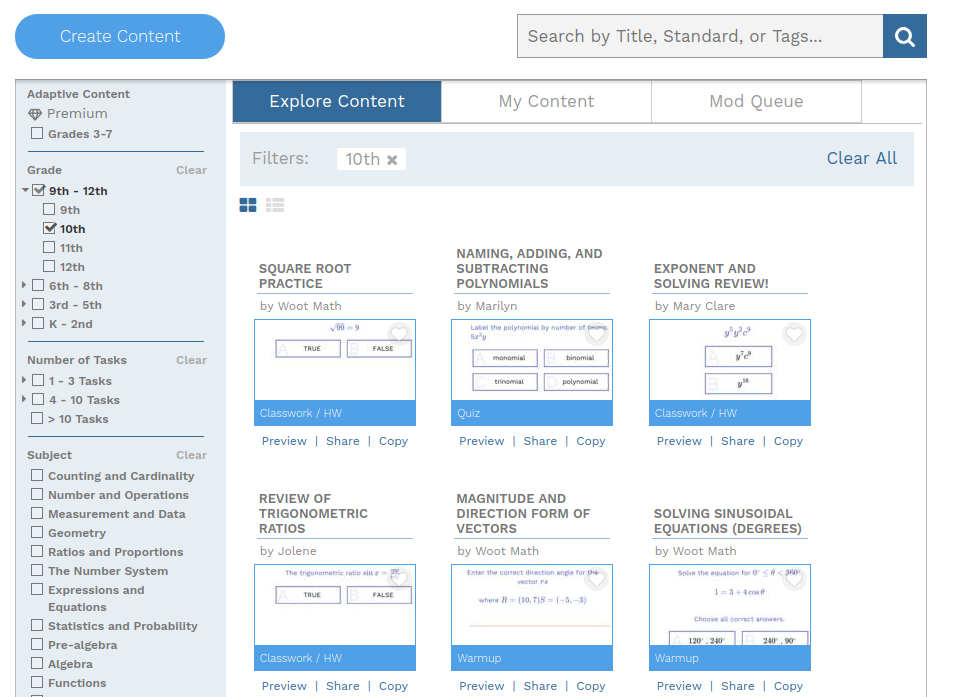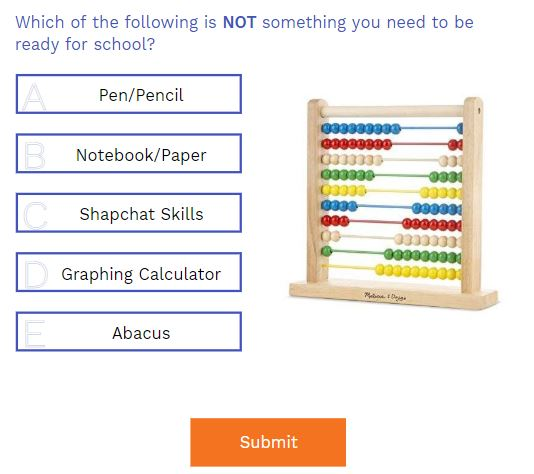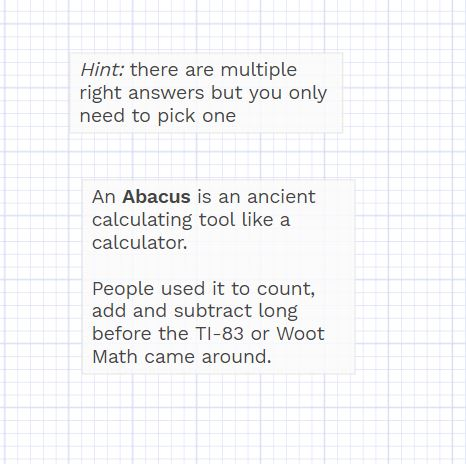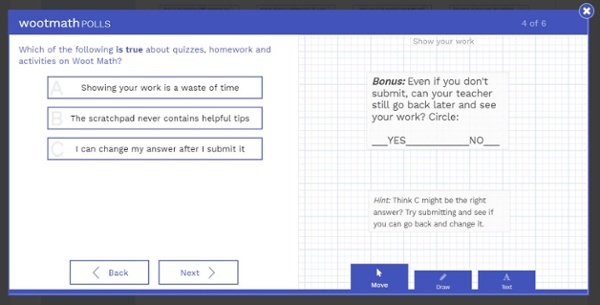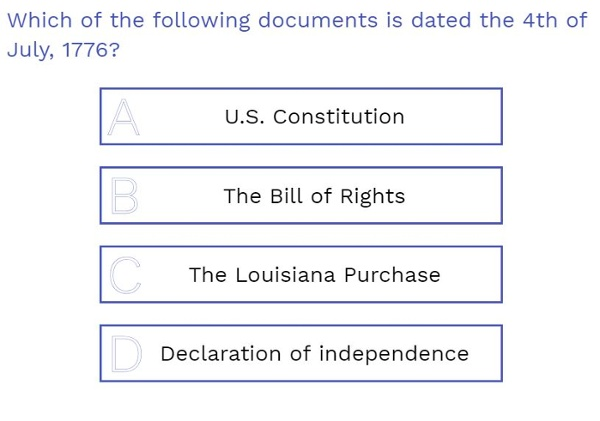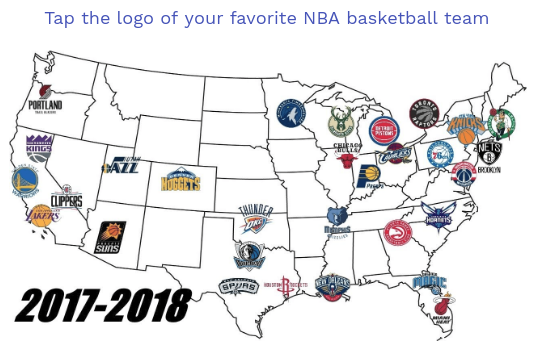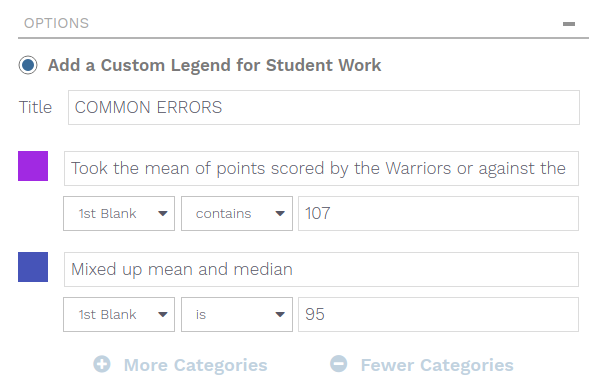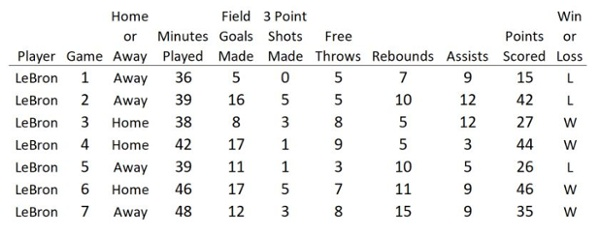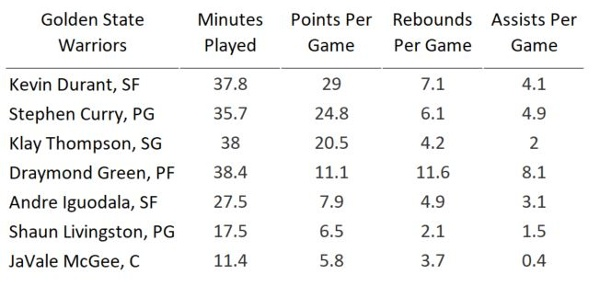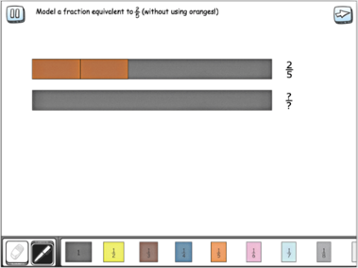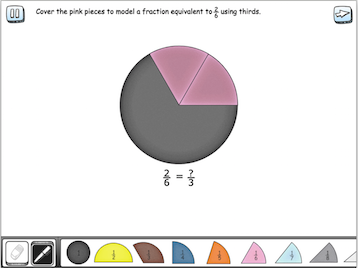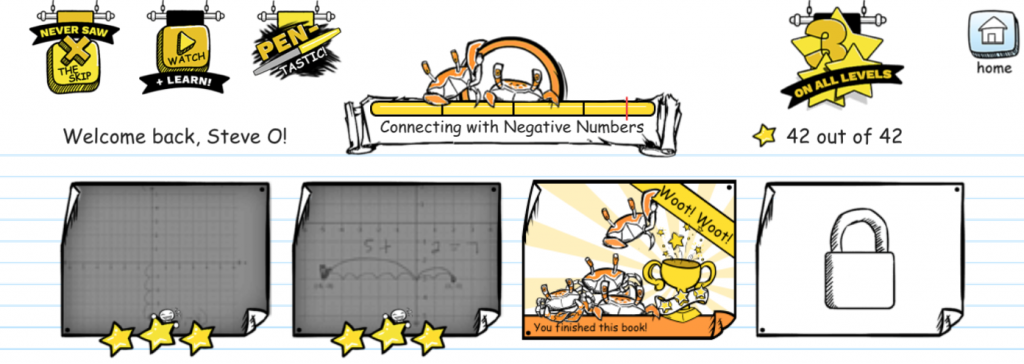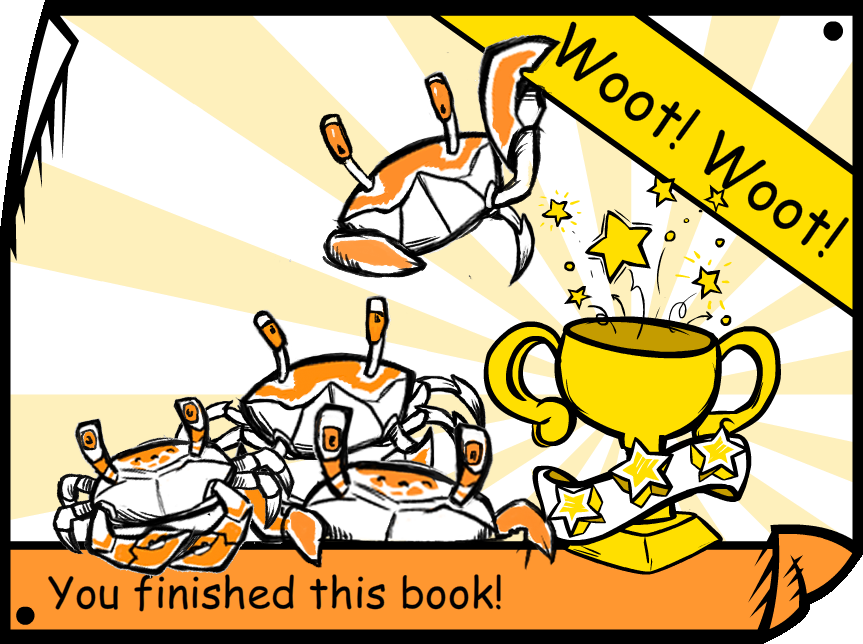PRACTICE + VISIBILITY INTO STUDENT WORK
Woot Math provides full practice tests that are aligned to PARCC and CMAS. These interactive modules are designed to mimic the testing environments students will experience. If you want to use this resource as a practice exam, we recommend assigning it as self-paced so you can formatively assess your students’ knowledge.
Click below to demo a practice test as a student. From Woot Math’s gallery of content, search for PARCC and CMAS to view a complete list of modules available.
Alternatively, you can use this content in a teacher-led mode to monitor the strategies used by all of your students and use this information to facilitate a classroom discussion. If you want to make changes or additions to the tasks, Woot Math makes it easy for teachers to edit the content directly.
These tools are available on Woot Math at no cost, and are designed to support authentic formative assessment and give visibility into student’s understanding.
For an overview on the positive impact that authentic formative assessment has on student learning, see this article by Dr. David C. Webb, an Associate Professor of Mathematics Education at the University of Colorado Boulder and the Executive Director of the Freudenthal Institute USA.
ADAPTIVE PREP + FOUNDATION MATH SKILLS
For your elementary and middle school students who struggle with fractions, rational numbers and rate and proportion, Woot Math’s adaptive learning modules can help increase their confidence, improve conceptual understanding, and procedural fluency.
Click on the Number Line Demo to experience a sample adaptive unit about number lines as a student.
To learn more about how Woot Math is being effectively used in the classroom, here are two helpful guest posts that were written by teachers:
RESEARCH & EFFICACY
Woot Math is a research-backed platform; our research has been funded by the National Science Foundation, the U.S. Department of Education, and the Bill and Melinda Gates Foundation. This funding has enabled us to develop a program that has demonstrated efficacy and effectiveness in many different schools from across the country, including schools in Colorado. Our research and development work has resulted in a product that is proven to help students develop confidence and fluency with rational numbers.
In addition to our own research, Woot Math leverages decades of research and synthesis about how students learn mathematics and how certain topics (like rational numbers) might best be taught. We work closely with the Rational Number Project (a multi-university, 30+ year effort that has thoroughly studied how students might best learn rational numbers), other leading researchers, and a bevy of classroom teachers. Our tools help to bring the best available practices to every classroom and do so with a unique focus on hands-on modeling.
Questions? Comments? We would value hearing from you.





